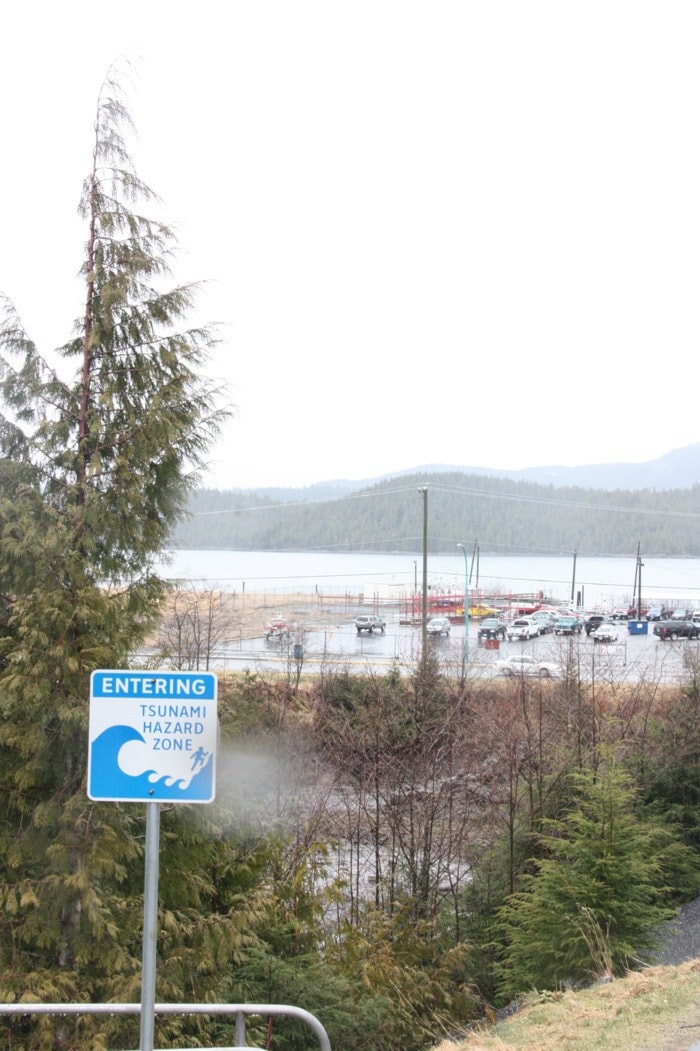British Columbia’s Provincial Emergency Program (PEP) placed the North Coast and Haida Gwaii under a Tsunami advisory late Thursday night which wasn't lifted until 7:15 P.M. Friday.
An earthquake that measured 8.9 on the Richtor scale rocked the east coast of Japan on Thursday, and sent tsunamis across the Pacific Ocean towards North America. The waves had lost most of their force before reaching the continent, and no giant wave appeared in Northern B.C.
That is what PEP expected. The program only warned residents of extremely strong currents that could “impact marinas or other costal infrastructure,” and are advised local governments to evacuate marinas, beaches and areas below the high tide mark. Even if a large wave was expected the islands around the Prince Rupert’s harbour would shield the city work the worst of it.
“We’re not worried about much of a wave because we are protected, but it’s the water surge that we’re worried about. The surge is where the water comes in really fast but then it exits really fast . . . it’s like flushing a toilet and it’s going to flush right out towards the harbour right towards the entrance, and that’s what will create all the destruction,” says Dave McKenzie is Prince Rupert’s Fire Chief and local PEP coordinator.
The advisory was not lifted until the next evening because shockwaves from the earthquake still had not dissipated even by the late afternoon, despite hitting North America and instead began bouncing around the coastline.
McKenzie says since the threat to the city was low, the response was response was fairly low-key, but the fire department, RCMP were ready to start banging on doors to get people to higher ground if need be.
“Once we realized they put out a tsunami advisory for the west coast and involved us, our role was to start contacting major players and community contacts.
One of those important players was the Prince Rupert Port Authority, which acted by delaying a cargo ship from docking at the port for several hours. They also ordered a tug to standby an already docked ship so it could pull it into the harbour if the water level suddenly rose or fell. They recalled their harbour patrol boat, and ordered the night-shift crane operators at the port terminals to stop working until the threat had passed.
While evacuations were unnecessary for this particular incident, if ever people are told to get to higher ground, that doesn’t mean climbing up mount Hayes or even going as high up as the hospital.
“If we had to evacuate say Beach and Water Street, getting them up to 2nd Avenue would be higher ground,” says McKenzie.
